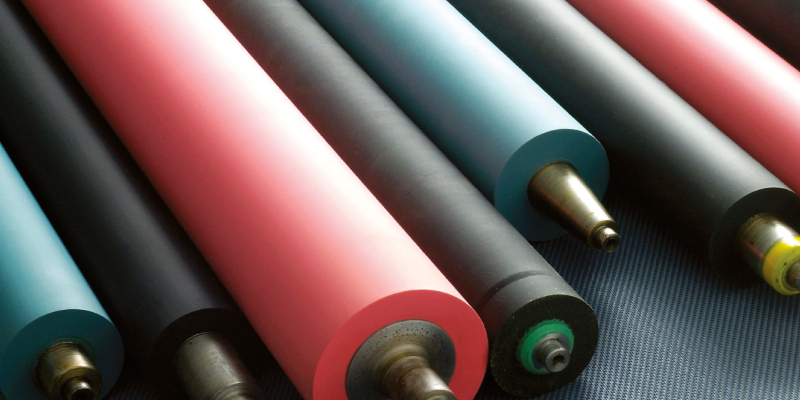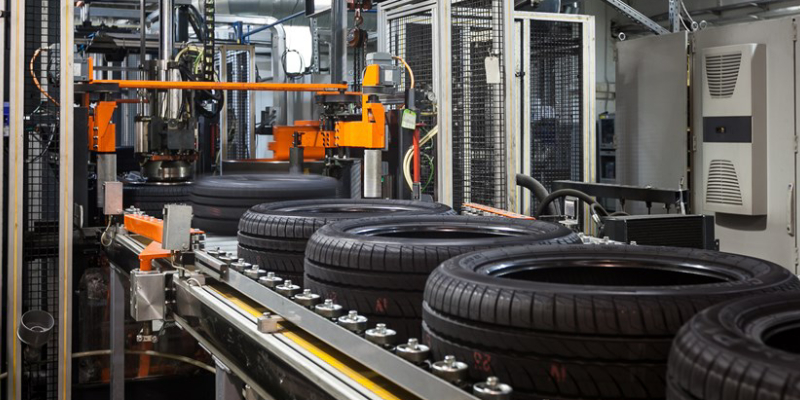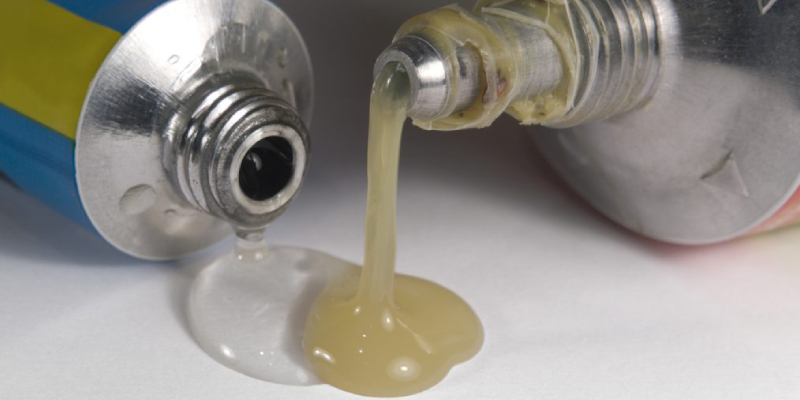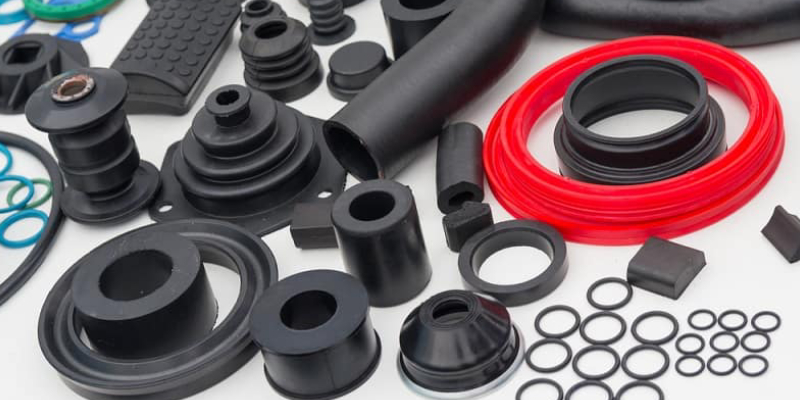The complete guide about the rubber rollers

The ultimate guide to the rubber industry
August 8, 2019
The ultimate guide to the diversity of the O-rings
August 16, 2019History of the rubber rollers
The rollers were used before the invention of the rubber, and hence they were made from wood and metal. Rubber rollers were not famous without the design of the vulcanization process in 1840 Charles Goodyear. The scientist invented the process by adding Sulphur and lead in a stove and heating the furnace and hence preparing a form of rubber that will be resistant to extreme weather and chemical conditions and highly elastic.
Applications of the rubber rollers
When scientist Charles Goodyear and all other engineers from the crew completed their experiments with rubber rollers.
The next step was the industrial revolution where all the types of rubber rollers used for material nipping and hence not only steel. In no time, many industries started using rubber rollers in a wide range of industries. One of the essential uses of rubber rollers was in the 1920s, as all the publishers used thin glue layers to apply ink on printing plates. The only change between history and the modern generation is today we have lots of ideas and different types of advanced products for rubber rollers. One can also witness the growing demand for rubber in the modern generation.
All about designs and rubber fabrication
The rubber fabrication can occur in these steps
- Plying
- Extrusion
- Casting and
- Die press
- Plying
One of the essential manufacturers in rubber fabrication is playing where the rubber is passed over the calendaring news for smoothening and flattening of rubber. The plying process can also help in joining types of rubber. The sheet is then molded, and based on the requirements of the client, the manufacturers glaze and mold the foil.
Extrusion
The rubber or the raw material is passed through the cross-sectional path, which contains a die. The high temperature and pressure increase the heat in the process, which is also called curing. The curing process provides essential strength to the rubber by removing the porosity.
Casting
Casting is also one of the oldest ways of giving shape to an element, and hence many manufacturers use it for different metals on different platforms. Many of the rubber products. The manufacturers put the raw materials in the casting mold, heat it for a particular while, and hence bring the product to their desired shape. The press method in the casting is also not efficient, like extrusion.




